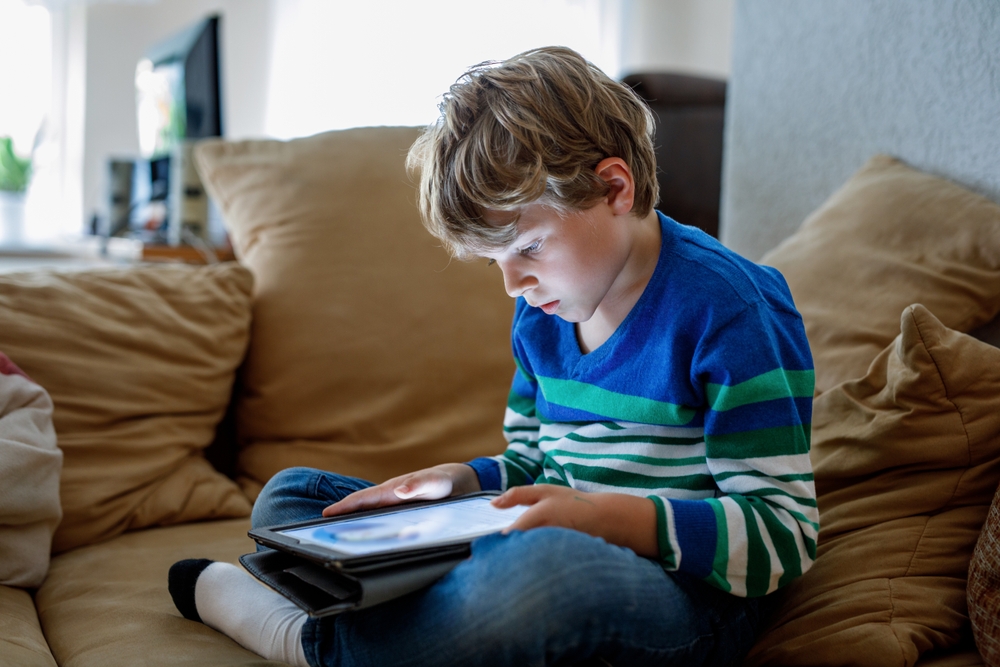How Do Screen Time and Technology Affect My Child's Eyes?
Blog:How Do Screen Time and Technology Affect My Child's Eyes?

How Do Screen Time and Technology Affect My Child's Eyes?
In a world where digital devices are part of everyday life, it’s no surprise that children are spending more time than ever in front of screens. From online learning and homework to video games and streaming shows, screen time has become a major part of childhood. While technology offers many benefits, it can also impact your child’s vision in ways that are easy to overlook. Understanding how screen use affects developing eyes is the first step in protecting your child’s long-term visual health.
The Impact of Prolonged Screen Use
Children’s eyes are still developing, making them more sensitive to the effects of extended screen use. When staring at a screen for long periods, children blink less often, which can lead to eye dryness, fatigue, and discomfort. This reduced blink rate is one of the primary contributors to digital eye strain, also known as computer vision syndrome.
Common symptoms of digital eye strain in children include:
Blurred or fluctuating vision
Headaches
Eye fatigue or discomfort
Difficulty focusing
Dry or watery eyes
Blue Light Exposure and Sleep Disruption
Digital screens emit blue light, which can suppress the production of melatonin—a hormone that regulates sleep. If your child is exposed to screens right before bedtime, it can interfere with their ability to fall asleep and stay asleep. Over time, disrupted sleep patterns can impact mood, focus, and academic performance.
Myopia Progression
One of the most concerning long-term effects of excessive screen time is its potential connection to the rise in childhood myopia (nearsightedness). Studies have shown that reduced time spent outdoors and increased near work can contribute to the progression of myopia. Children who spend more time indoors on devices may be at greater risk of developing vision problems earlier in life.
Tips to Protect Your Child’s Eyes
While screens are an unavoidable part of modern life, there are steps you can take to help protect your child’s eyes:
Follow the 20-20-20 Rule: Every 20 minutes, have your child look at something 20 feet away for at least 20 seconds.
Limit Screen Time: Set reasonable screen time limits, especially before bedtime.
Encourage Outdoor Play: Aim for at least 1–2 hours of outdoor activity daily to reduce myopia risk.
Ensure Proper Lighting: Avoid using screens in dark rooms and reduce glare by adjusting screen brightness.
Schedule Regular Eye Exams: An annual comprehensive eye exam can help detect early signs of eye strain, myopia, or other vision problems.
Protect Your Child’s Vision at Texas State Optical
As screens continue to play a central role in education and recreation, it’s essential to understand how they impact your child’s developing vision. By taking proactive steps and encouraging healthy screen habits, you can help protect their eyes and support lifelong visual wellness.
If you’re concerned about how screen time might be affecting your child’s eyes, schedule a pediatric eye exam at Texas State Optical for personalized recommendations. Visit our office in Kerrville, Texas, or call (830) 201-3200 to book an appointment today.


